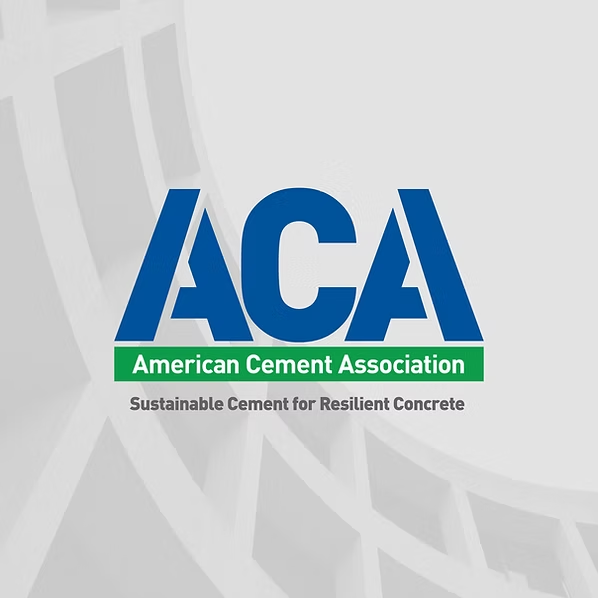Heidelberg Materials
 Decreasing the carbon footprint across the cement and concrete value chain is necessary to combat climate change while continuing to build cities with a reliable, sustainable, and resilient material: concrete. In support of this ambition, Heidelberg Materials, a ACA member, has released a company roadmap that ensures our everyday actions are aligned with reducing emissions in the near-, mid- and long-term.
Decreasing the carbon footprint across the cement and concrete value chain is necessary to combat climate change while continuing to build cities with a reliable, sustainable, and resilient material: concrete. In support of this ambition, Heidelberg Materials, a ACA member, has released a company roadmap that ensures our everyday actions are aligned with reducing emissions in the near-, mid- and long-term.
In North America, each Heidelberg Materials plant has unique emissions metrics, and these goals are tied to its incentives structure, providing accountability to drive the changes for near- and mid-term goals. For example, Heidelberg Materials sought to reduce CO2 emissions 30% by 2030 but has now accelerated that date to 2025. The 2030 goal is now set at a 50% reduction from 1990 baseline levels.
In-house research and centers of excellence are working on finding alternative fuels to power the cement-making process, a switch that can further reduce CO2 combustion emissions by 24% in the near-term. There’s also a focus on increasing kiln efficiency and producing cement products with a lower carbon intensity. To meet the company’s mid-term goals, Heidelberg Materials plans on reducing CO2 content in clinker, cement and concrete and expanding the use of products such as portland-limestone cement. And looking both mid- and longer-term, the company has put its focus on CO2 capture and usage.
Over the long run, carbon capture, storage and utilization will play a key role in cutting all manufacturing emissions. The cement industry recognizes the role this technology will have for its facilities – and the good news is this type of technology can be scaled across various industries. There’s still much research to be done for this technology to become mainstream, and Heidelberg Materials has several pilot carbon capture projects in the works across its global network of operations.
The world’s first industrial-scale carbon capture system on a cement plant, the company’s Brevik, Norway, facility, is scheduled to be online in 2024. This will capture approximately 50% of the plant’s CO2 emissions. The company’s Edmonton, Alberta, plant is targeting a 2026 start with the first full-scale carbon capture system for a cement plant and is designed to capture 95% of plant CO2 emissions. In the U.S., the company’s new Mitchell, Indiana, plant, with more than triple its previous production capacity, was selected by the U.S. Department of Energy’s Office of Fossil Energy and Carbon Management to conduct a front-end engineering design (FEED) study on carbon capture.
“We are committed to leading the industry in decarbonization, and working together with ACA’s Roadmap to Carbon Neutrality, we will make meaningful progress to transform our business across the whole value chain,” shared Chris Ward, President and CEO of Heidelberg Materials North America.
Through many different efforts, Heidelberg Materials is working to do its part to help combat climate change. With a roadmap aligned with many of the goals that ACA has set out for the industry as well, Heidelberg Materials is taking necessary steps to meet the industry’s goal of carbon neutrality.
